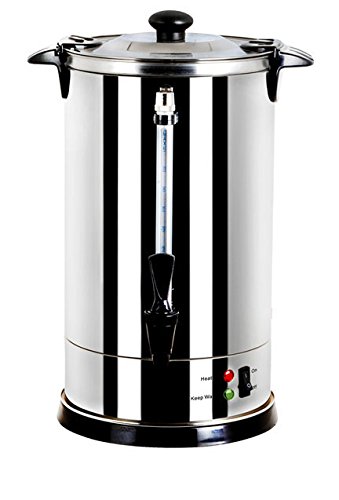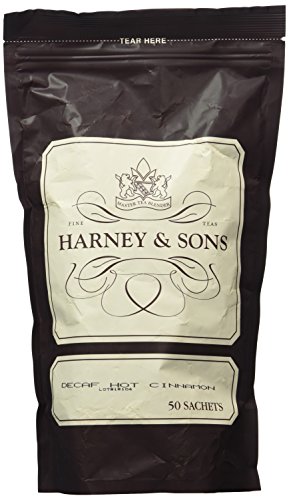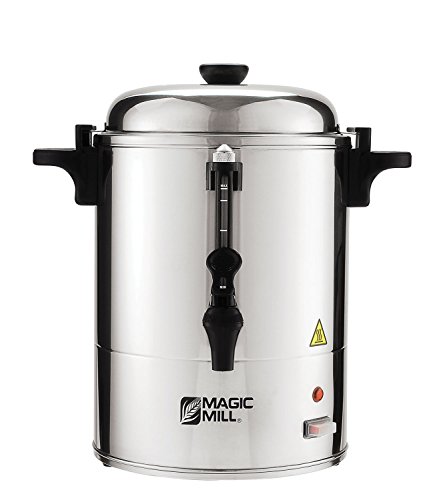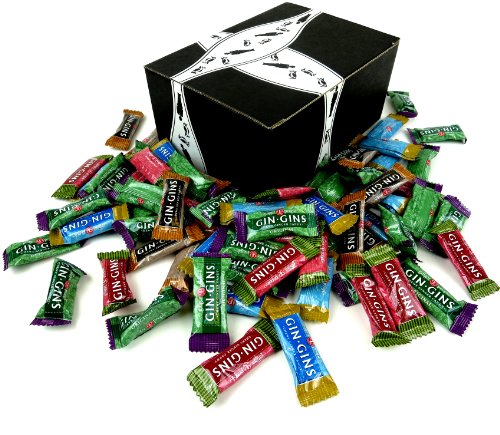What is Rock Candy?
Rock candy is the product of the further refining by recrystallization of pure cane sugar. In fact, it is the purest form of sugar available, because all impurities are excluded as large crystals form. Crystal growth is based on the particular characteristics of sugar (sucrose) chemistry, and cannot be done with the various “sugar free” substitutes found in the market. How is Rock Candy made?
Rock Candy is made by a process of crystallization, the same process that produces quartz and diamonds in nature – with a different ingredient, of course. It is made by breaking apart the sugar (sucrose) molecular crystal lattice and then allowing it to re-form in conditions that produce larger, purer crystals. A hot, saturated solution of cane sugar and water is poured into large tanks. Careful supervision of the cooling process produces the larger crystals, which are then harvested as Rock Candy sticks, strings, or loose crystals.
History of Rock Candy
For centuries, Rock Candy has been recognized as having marked therapeutic and preservative qualities. In fact, in the West, sugar was used only as a medicine or preservative until – in the middle of the 18th century – people “discovered” it made a sweet treat as well. The earliest known date that white sugar was refined was about 200 BC, so it is probable that the further refining into what was later known as “sugre candie” was at about that time. There are many references to what we now call Rock Candy in literature. There are several references to it in the poems of the Persian poet Jalai-ad-Din Rumi, who lived in Turkey in the middle 1200’s. One early English reference in 1584 seems to sum up the virtues of Rock Candy where it is quoted “White sugar is not so good for phlegume, as that which is called Sugar Candie.” And Shakespeare, in Henry IV, (1596) referred to its therapeutic value as a throat soother for long-winded talkers.
























